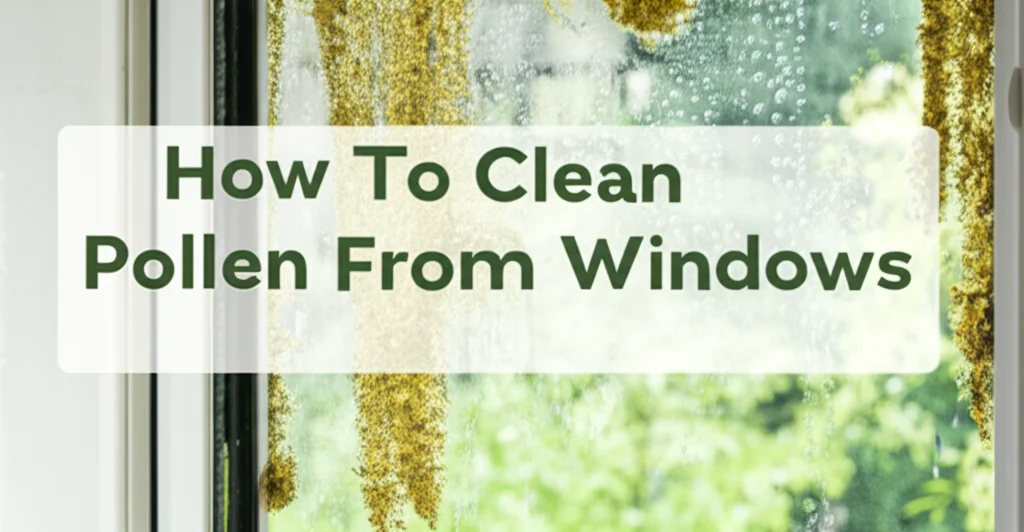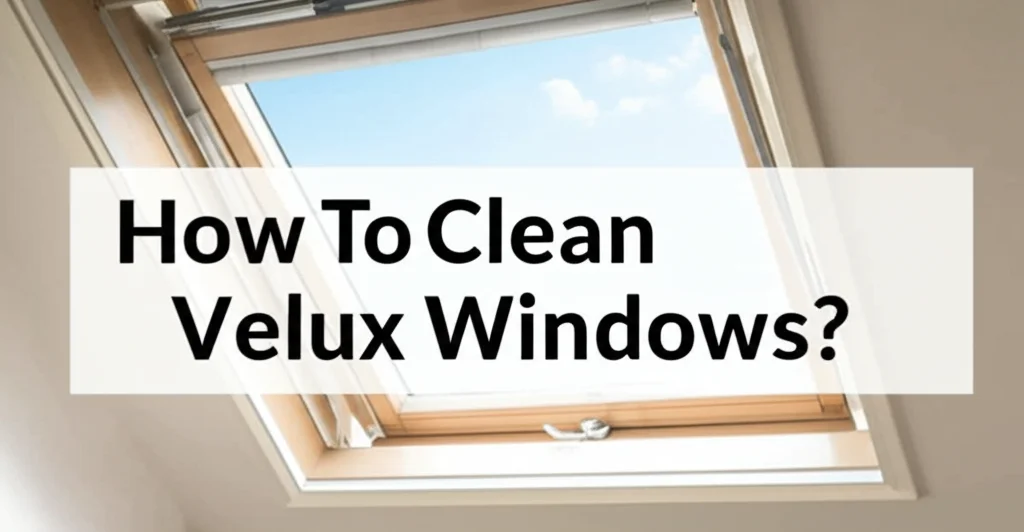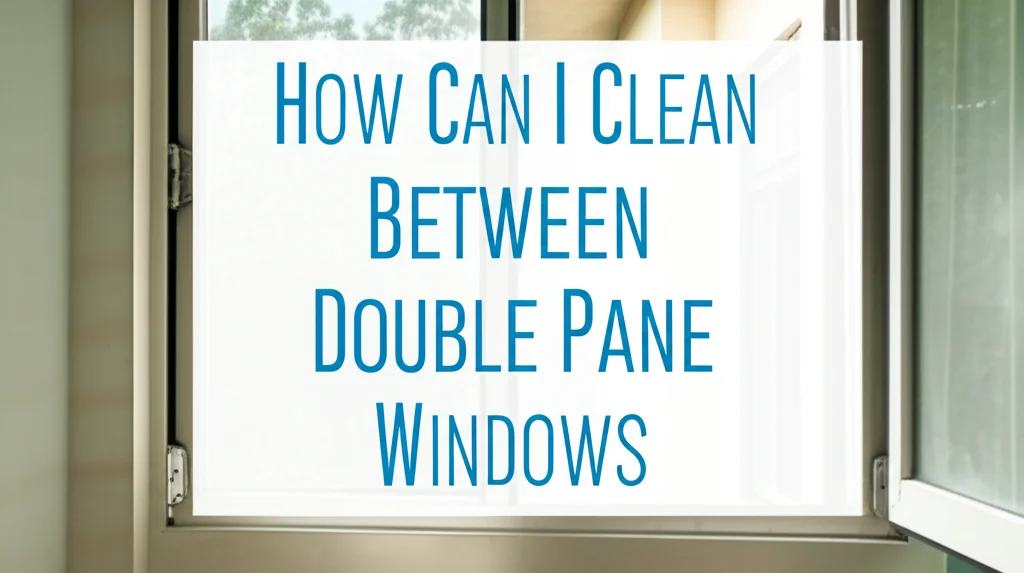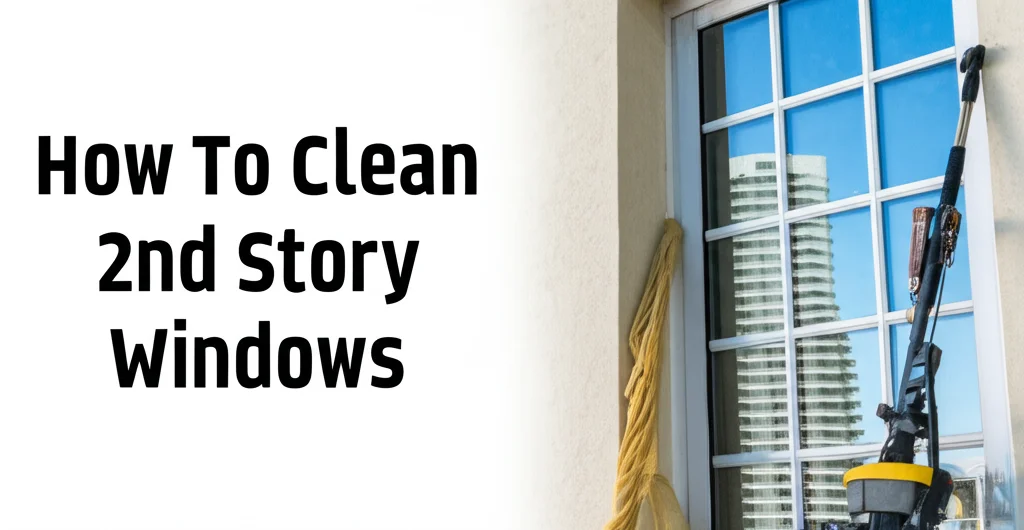· Home Cleaning · 7 min read
How To Clean Pollen From Windows

Say Goodbye to Yellow: How To Clean Pollen From Windows
Spring is a beautiful time of year, but for allergy sufferers, it can be a bit of a struggle. One visible sign of spring’s arrival – and a source of frustration for many – is the yellow dust of pollen coating everything, including your windows. Pollen on windows isn’t just unsightly; it can also contribute to indoor allergies. This article will guide you through the most effective methods for cleaning pollen from your windows, leaving them sparkling and your home a little more comfortable. We’ll cover everything from quick daily wipe-downs to more thorough cleaning techniques, ensuring you have the knowledge to tackle even the heaviest pollen buildup.
Quick Answer: To clean pollen from windows, start by brushing off loose pollen with a soft brush or vacuum attachment. Then, use a mixture of warm water and dish soap, or a commercial window cleaner, applied with a microfiber cloth. Rinse with clean water and dry with a squeegee or another clean microfiber cloth for streak-free results.
Takeaway:
- Regularly remove loose pollen with a brush.
- Use a gentle cleaning solution to avoid damaging window surfaces.
- Dry windows thoroughly to prevent streaks.
Why Pollen Sticks to Windows
Have you ever wondered why pollen seems to cling so stubbornly to your windows? It all comes down to static electricity. Pollen grains carry a slight electrical charge, and windows, especially when dry, can build up an opposing charge. This creates an attractive force, causing the pollen to adhere to the glass. The warmer temperatures of spring and summer also contribute, as warmer glass can more easily attract and hold onto particles. Understanding this helps you choose the right cleaning methods – and preventative measures – to keep your windows clear. It’s not just about removing the visible dust; it’s about breaking that electrostatic bond.
Gathering Your Supplies for Pollen Window Cleaning
Before you start, having the right tools on hand will make the job much easier and more efficient. You don’t need a ton of fancy equipment, but a few key items are essential. A little preparation goes a long way in achieving a streak-free shine. Here’s what you’ll need:
- Soft Brush or Vacuum with Brush Attachment: For removing loose pollen.
- Microfiber Cloths: These are ideal for cleaning and drying windows without leaving lint.
- Spray Bottle: For applying your cleaning solution.
- Window Cleaning Solution: You can use a commercial cleaner or make your own (see section below).
- Squeegee (Optional): For a professional, streak-free finish.
- Bucket: For holding your cleaning solution.
- Warm Water: Essential for mixing with your cleaning solution.
DIY Window Cleaning Solutions for Pollen Removal
You don’t always need to reach for a store-bought window cleaner. Many effective solutions can be made right in your kitchen, saving you money and reducing your exposure to harsh chemicals. These homemade options are often just as effective, and sometimes even more so, at tackling pollen. Here are a few recipes:
- Vinegar and Water: Mix equal parts white vinegar and warm water in a spray bottle. This is a classic, effective cleaner.
- Dish Soap and Water: Add a few drops of mild dish soap to a bucket of warm water. This is great for cutting through grime and pollen.
- Lemon Juice and Water: Combine 2 tablespoons of lemon juice with 1 quart of warm water. Lemon juice adds a fresh scent and helps dissolve pollen.
- Rubbing Alcohol and Water: Mix 1/4 cup rubbing alcohol with 1 quart of water. This helps prevent streaks and dries quickly.
Remember to always test any cleaning solution in an inconspicuous area first to ensure it doesn’t damage your window surface. If you’re unsure about your window type, stick with a mild dish soap and water solution. You can learn more about cleaning different floor types here.
Step-by-Step Guide to Cleaning Pollen From Windows
Now that you have your supplies, let’s get to cleaning! Follow these steps for sparkling clean windows:
- Remove Loose Pollen: Use a soft brush or the brush attachment of your vacuum to gently remove as much loose pollen as possible. Start at the top of the window and work your way down.
- Apply Cleaning Solution: Spray your chosen cleaning solution onto the window surface. Don’t over-saturate; a light mist is sufficient.
- Wipe Clean: Using a clean microfiber cloth, wipe the window in a circular motion, ensuring you cover the entire surface.
- Rinse (Optional): If you used a soapy solution, rinse the window with clean water. You can use a spray bottle or a bucket of water and a clean cloth.
- Dry the Window: Use a clean, dry microfiber cloth or a squeegee to dry the window. If using a squeegee, overlap each stroke slightly to prevent streaks.
- Repeat if Necessary: For heavily soiled windows, you may need to repeat the process.
For particularly stubborn pollen buildup, let the cleaning solution sit on the window for a few minutes before wiping. This allows the solution to break down the pollen and make it easier to remove.
Cleaning Different Types of Windows
Not all windows are created equal. Different materials require slightly different cleaning approaches. Here’s a quick guide:
- Glass Windows: These are the most common type and can be cleaned with any of the solutions mentioned above.
- Acrylic Windows: Avoid using abrasive cleaners or cloths, as these can scratch the surface. Use a mild soap and water solution.
- Tinted Windows: Use a window cleaner specifically designed for tinted windows to avoid damaging the tint.
- Storm Windows: Remove the storm windows and clean them separately. Pay attention to the tracks and ensure they are free of debris.
Always check the manufacturer’s recommendations for cleaning your specific type of window. Proper care will extend the life of your windows and keep them looking their best. If you’re dealing with grime on other surfaces, you might find this article on grout cleaning helpful here.
Preventing Pollen Buildup on Windows
While cleaning is essential, preventing pollen buildup in the first place can save you a lot of time and effort. Here are a few preventative measures you can take:
- Regularly Brush Windows: A quick daily or weekly brushing can remove loose pollen before it has a chance to stick.
- Apply a Protective Coating: Some window cleaning products contain a protective coating that helps repel pollen and dirt.
- Keep Gutters Clean: Clean gutters prevent pollen-laden rainwater from splashing onto your windows.
- Close Windows During Peak Pollen Times: On days with high pollen counts, keep your windows closed to minimize the amount of pollen entering your home.
- Use Air Purifiers: Air purifiers can help remove pollen from the air inside your home, reducing the amount that settles on surfaces, including windows.
FAQ About Cleaning Pollen From Windows
Q: What’s the best time of day to clean windows? A: Cloudy days are ideal, as direct sunlight can cause the cleaning solution to dry too quickly, leaving streaks. Early morning or late afternoon are also good options.
Q: Can I use paper towels to clean windows? A: While you can, microfiber cloths are much preferred. Paper towels can leave lint and streaks, while microfiber cloths provide a streak-free finish.
Q: How do I remove stubborn pollen stains? A: Let the cleaning solution sit on the stain for a few minutes before wiping. You can also try using a slightly abrasive cleaner, but test it in an inconspicuous area first.
Q: Is it safe to use bleach to clean windows? A: While bleach can be effective, it’s generally not recommended. It can damage window surfaces and is harmful to the environment. Stick to milder cleaning solutions.
Q: How often should I clean my windows during pollen season? A: This depends on the pollen levels in your area. Generally, cleaning your windows every 1-2 weeks during peak pollen season is sufficient.
Enjoy Sparkling Clean, Pollen-Free Windows!
Cleaning pollen from windows doesn’t have to be a daunting task. By following these simple steps and preventative measures, you can keep your windows sparkling clean and enjoy a more comfortable, allergy-free home. Remember to choose the right cleaning solution for your window type, use quality microfiber cloths, and dry thoroughly to prevent streaks. Regular maintenance is key to keeping pollen at bay. If you’re looking for more cleaning tips, you might find this article on removing mold helpful here. Now go forth and enjoy the beauty of spring, without the yellow haze!




